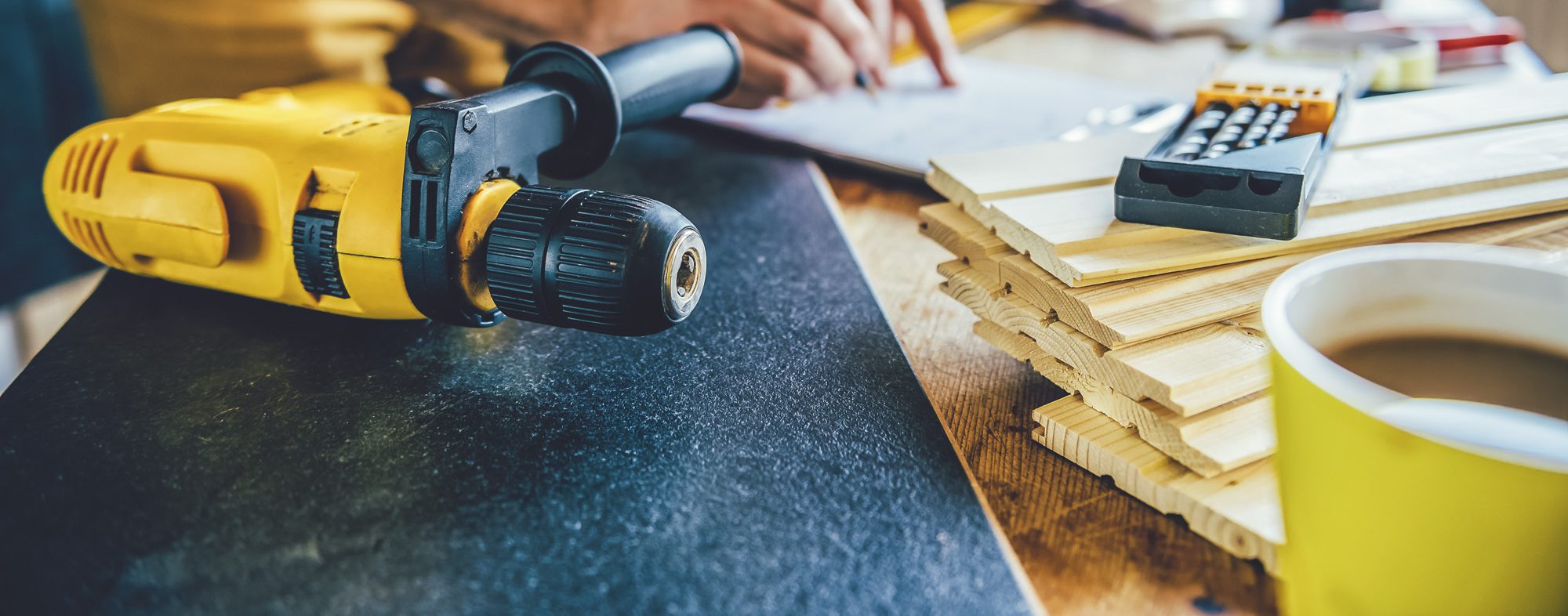
Creating custom shelving doesn’t have to mean draining your bank account. With a bit of planning, the right materials, and a little elbow grease, you can build unique, stylish shelving that fits your space and budget perfectly. Whether you’re looking to organize a home office, living room, or kitchen, here’s how to get the job done without overspending.
1. Plan With Purpose
Before you buy a single screw, decide what the shelf is for. Are you storing books, pantry items, or decorative pieces? Measure the wall or nook where the shelves will go. Sketch out a basic design (no need to be an artist—just enough to visualize dimensions and layout).
Pro tip: Keep the design simple. Straight lines and basic rectangles are much easier and cheaper to build than fancy curves or intricate details.
2. Choose Budget-Friendly Materials
You don’t need expensive hardwood to create beautiful shelving. Consider these affordable options:
- Plywood: Strong, versatile, and easy to cut. Look for sanded pine or birch for a smoother finish.
- MDF (Medium-Density Fiberboard): Smooth and budget-friendly, but best used indoors and kept dry.
- Reclaimed wood: Check salvage yards, thrift stores, or even curbside piles. Old wood has character and can be free or very cheap.
- Basic pine boards: Found at any hardware store, pine is inexpensive and takes stain or paint well.
3. Cut Costs With DIY Tools
If you don’t own tools, don’t worry. Many hardware stores offer free or low-cost wood-cutting services. For the rest:
- A drill/driver, screws, and wood glue are your main essentials.
- A level is crucial to avoid lopsided shelves.
- Use sandpaper or a basic sander to smooth rough edges before finishing.
4. Use Wall Brackets or Floating Shelf Designs
Depending on the look you want, you can mount shelves using budget wall brackets (often under $2 each) or build floating shelves using hidden cleats. Floating shelves require more precision but offer a cleaner, modern look.
Tip: Look online for plans or templates. DIY communities like Instructables or YouTube often have free guides that walk you through every step.
5. Paint or Stain for a Custom Look
Give your shelves a polished finish with paint or wood stain. A $10 can of stain or a quart of paint can completely transform raw wood into a high-end look.
- For modern appeal, go with black, white, or rich walnut stains.
- For rustic charm, consider weathered finishes or whitewashing.
6. Get Creative with Upcycling
Think outside the box. An old ladder can be turned into a quirky bookshelf. Crates, wine boxes, or even old drawers can become shelving units with just a few tweaks. These projects often cost next to nothing but add tons of character to your space.
7. Final Touches and Functionality
Add small touches to boost the usefulness of your shelves:
- Install hooks underneath for mugs, keys, or tools.
- Add LED strip lights for a soft glow.
- Use bins or baskets to keep things neat and organized.
Wrap-Up
Building custom shelving on a budget is totally doable—even for beginners. With affordable materials, a little creativity, and a basic tool set, you can create functional and attractive storage that perfectly fits your space. Plus, doing it yourself means you can tailor every detail to your style—and enjoy the satisfaction of a job well



